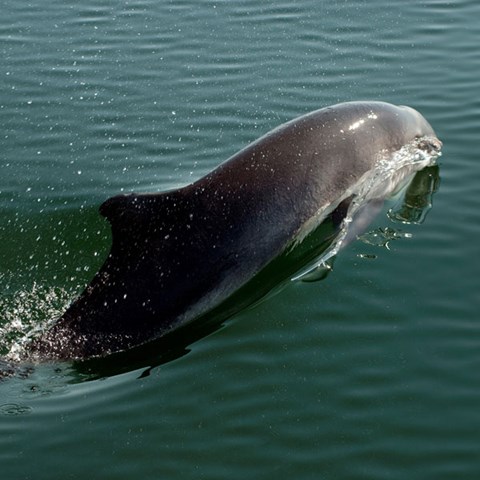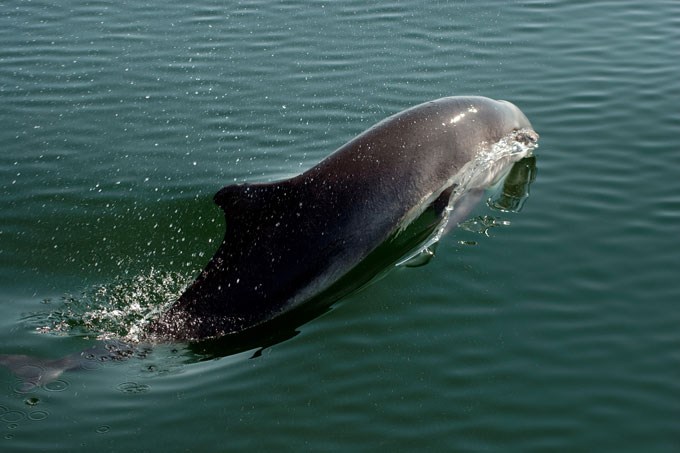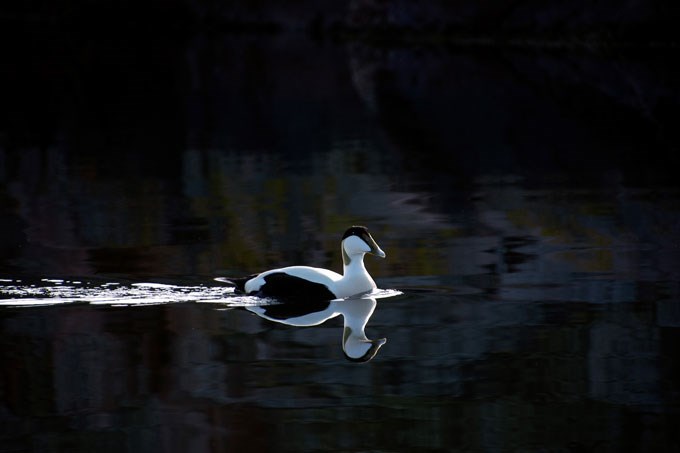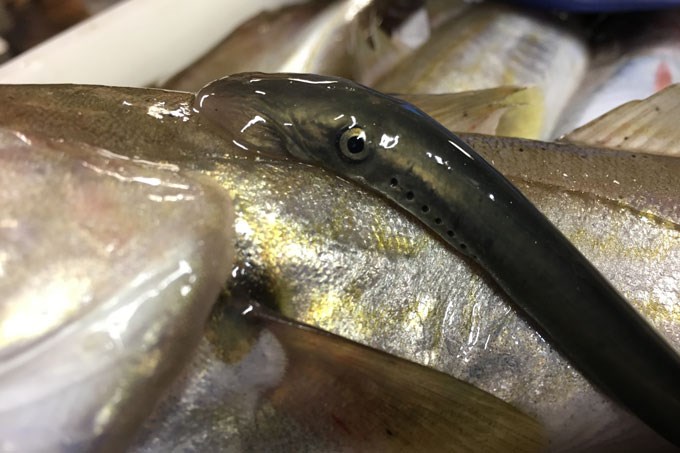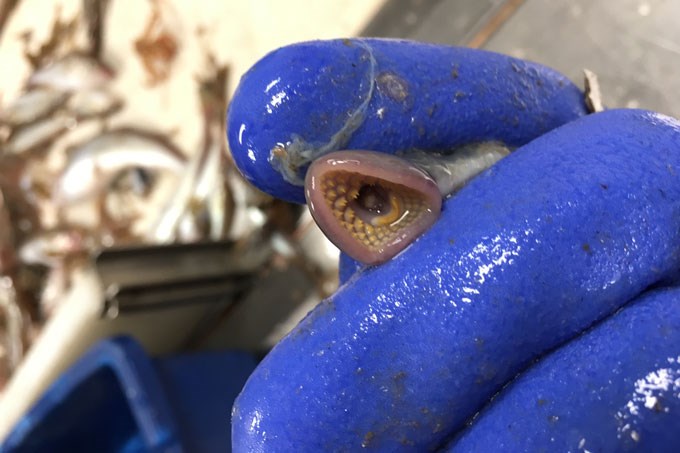The marine environment is subjected to fast and substantial changes. In total 470 species found in the Swedish marine environment are listed in the 2020 version of the red-list from the SLU Swedish Species Information Centre. Among these species are the Baltic Sea population of harbour porpoise, European eel, sea lamprey and common eider. For more than half of the marine species included in the red list knowledge is lacking for a sound assessment of their status.
173 of the marine species on the 2020 version of the red-list are considered to be “threatened”, and another 20 marine species are recognized as “critically endangered”, among these the Baltic Sea population of the harbour porpoise and the European eel.
Several species are included in the red-list as a consequence of decreases in their distributional range. Among the species with a lowered status during the recent five years are sea lamprey, eel grass, cod and several species of amphipods (small crustaceans). The status for many sea bird species is currently also problematic, and the oyster catcher, common gull, great black-backed gull, and Eurasian eel have all for the first time been included in the updated red-list. The common glasswort is a plant species living on shores of the Baltic Sea that is now considered as “near threatened”.
But there is also positive news. The status for the otter and sea eagle has improved, as a likely consequence of reduced load of hazardous substances, and the lumpsucker (a fish species) is no longer included on the red-list.
The Baltic Sea is one of the worlds most polluted and by humans’ impacted sea where many interacting pressures impact the status of the species. Eutrophication, fishing, hazardous substances and habitat destruction are among the most important drivers of changes in the biodiversity of the Baltic Sea.
The experts at the SLU Swedish Species Information Centre has authored the 2020 version of the red-list and acknowledge that the current state of knowledge about the status of sea species is by far lower compared to species in the terrestrial environment. More than half of the marine species included in the red-list are namely categorized as data deficient, which means that there is not enough information available for a sound assessment of their status.
